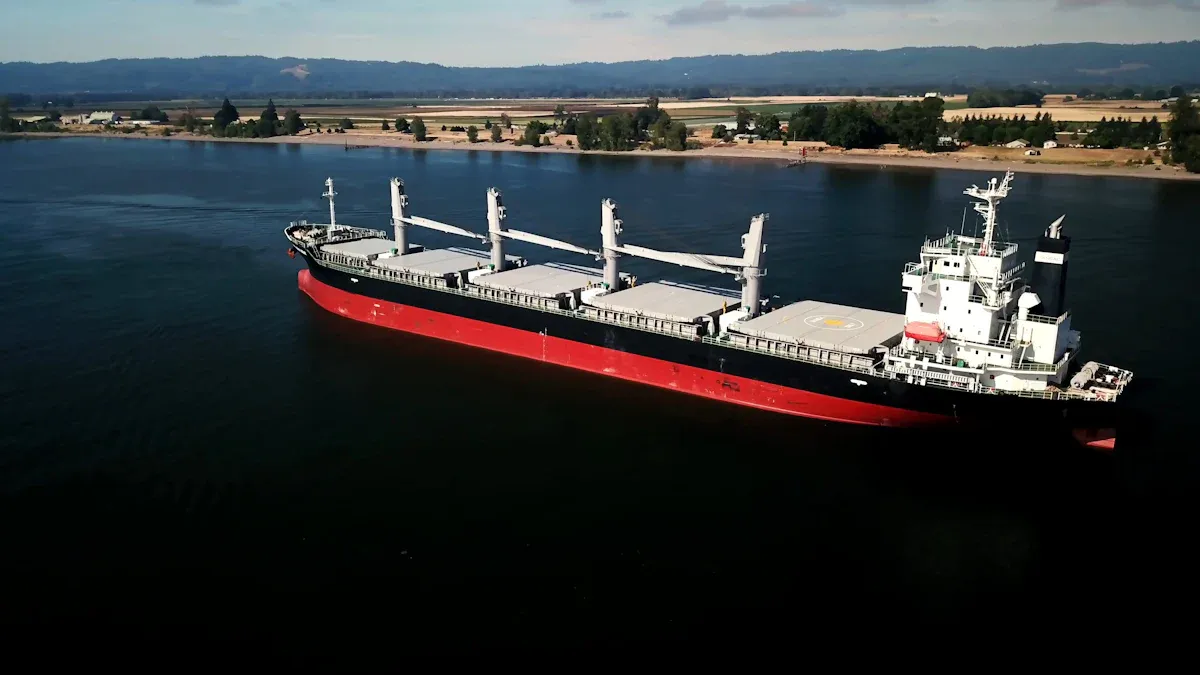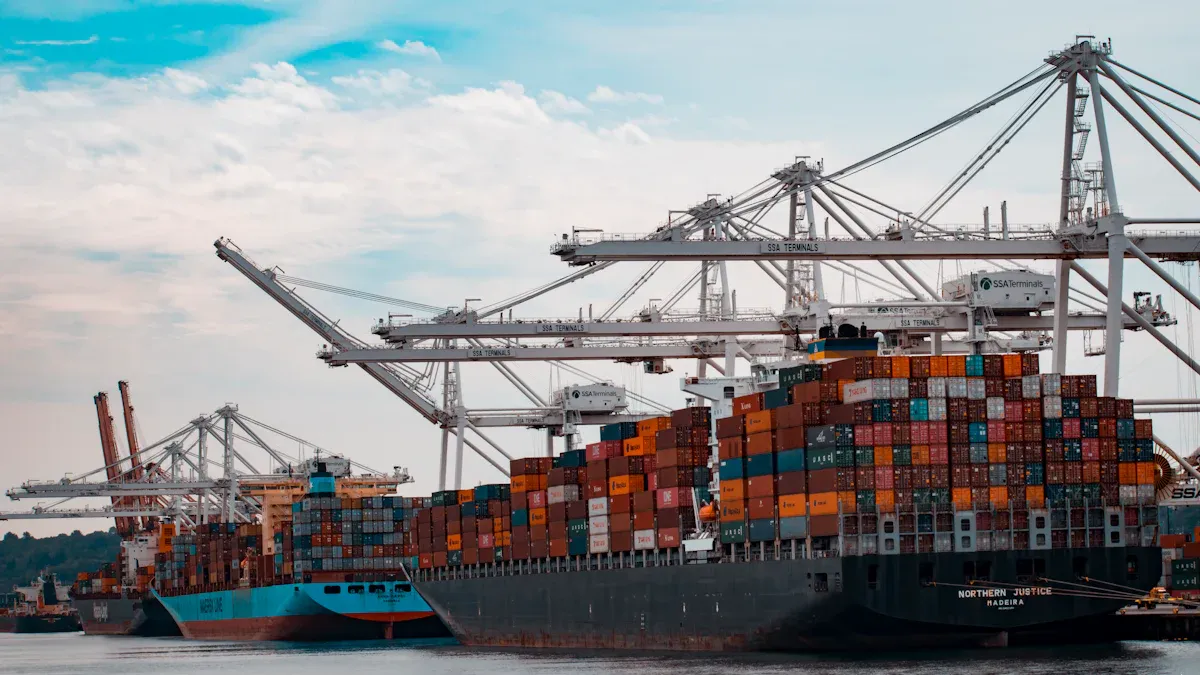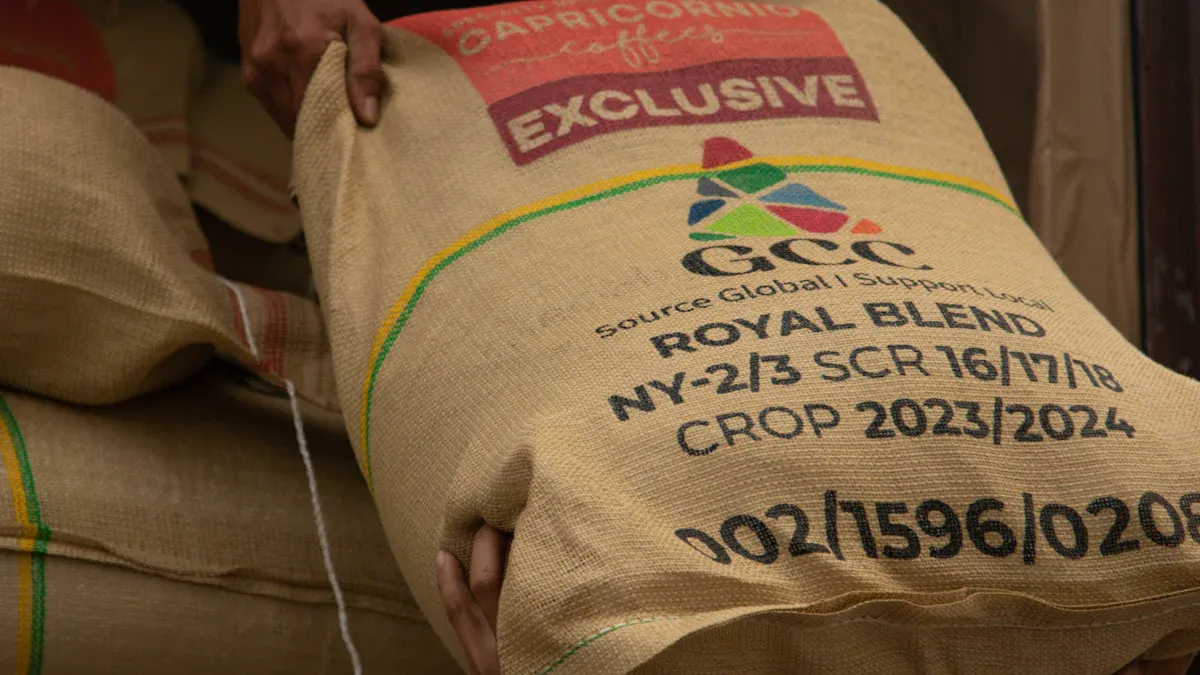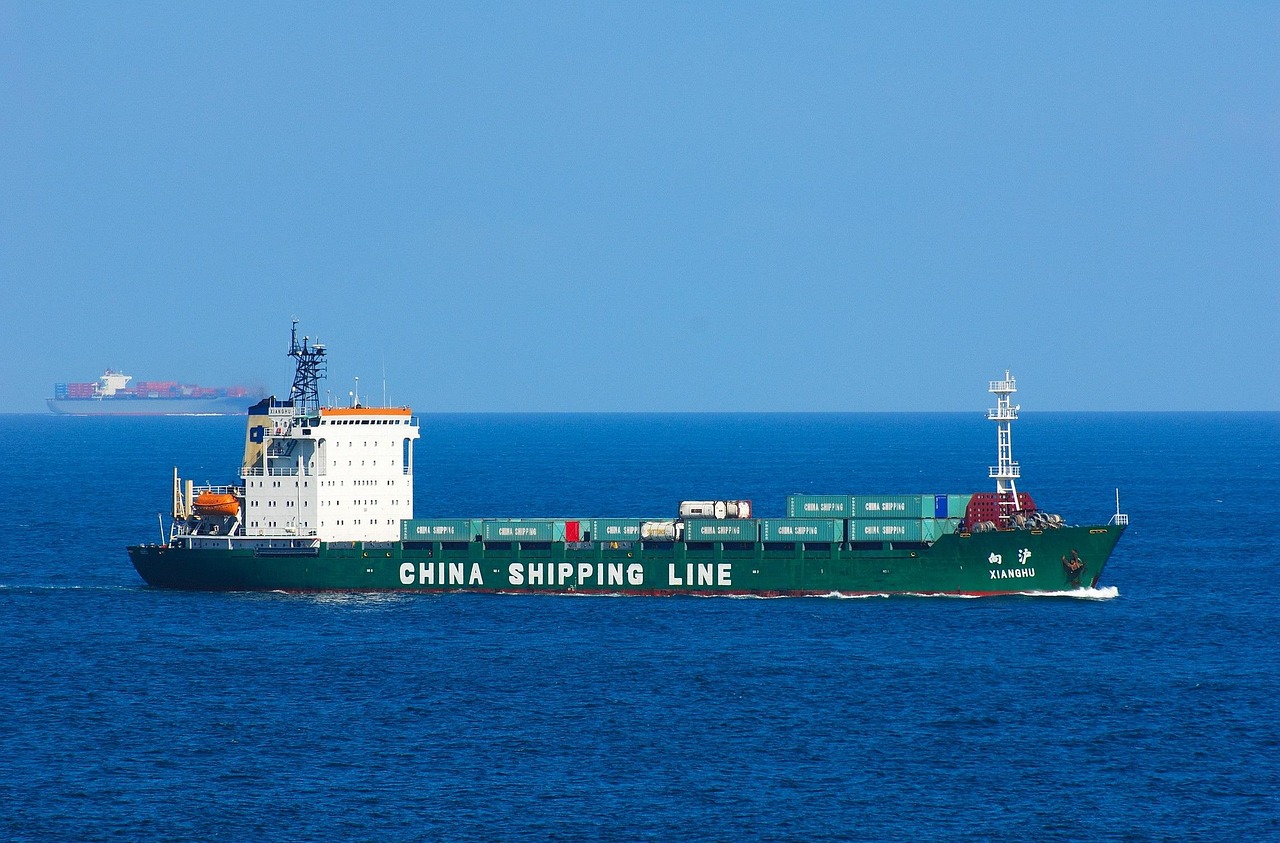What is Break Bulk and How to Ship Break Bulk Cargo

Break bulk cargo refers to goods transported individually, rather than in containers or bulk. It is ideal for oversized goods or items with irregular shapes that cannot fit into standard containers. Break bulk shipping ensures flexibility in moving such cargo. Industries like construction, energy, and manufacturing often depend on this method for their unique shipping needs.
What is Break Bulk?

Understanding Break Bulk Cargo
Break bulk cargo refers to goods that are are often oversized, irregularly shaped, or too heavy to fit into conventional shipping containers. Unlike containerized cargo, break bulk cargo requires specialized handling and packaging to ensure safe transport.
How Break Bulk Shipping Differs from Containerized Shipping
Break bulk vs container shipping is key for industries handling varied cargo. Container shipping offers speed and uniformity, while break bulk shipping provides the flexibility to move oversized or irregular items like machinery or steel.
Containerized shipping relies on cranes and container bridges, while break bulk shipping may require floating cranes, slings, or specialized lifting gear. The choice of equipment depends on the cargo’s shape, weight, and destination.
Examples of Break Bulk Shipping

Break bulk cargo is commonly seen in sectors such as energy, construction, aerospace, and mining. These industries often require customized logistics planning, specialized equipment, and expert coordination—all strengths of break bulk operations.
Dry Break Bulk
Dry break bulk cargo consists of solid materials transported individually rather than in containers or bulk quantities. Common examples include steel beams, iron ore, grains, and construction materials. Industries such as agriculture, mining, and manufacturing heavily rely on dry break bulk shipping to move raw materials and finished goods.
Dry break bulk shipping requires specialized handling and equipment. Items are often loaded onto vessels using cranes, slings, or forklifts, depending on their size and weight. Proper stowage and securing techniques, such as dunnage and straps, ensure safe transport. Ports equipped with advanced infrastructure play a critical role in facilitating the efficient movement of dry break bulk cargo.
Liquid Break Bulk
Liquid break bulk cargo includes non-containerized liquids transported in barrels, drums, or tanks. Examples include chemicals, oils, and beverages. Industries such as petrochemicals, food processing, and pharmaceuticals depend on liquid break bulk shipping to move their products safely and efficiently.
Handling liquid break bulk cargo requires precision and care. Shippers must use specialized containers, such as ISO tanks or flexitanks, to prevent leaks and contamination. Loading and unloading processes often involve pumps or gravity-fed systems to transfer liquids between vessels and storage facilities. Ports with dedicated liquid handling terminals ensure smooth operations and minimize risks.
How to Ship Break Bulk Cargo
Preparing and Packaging Break Bulk Cargo
Shipping break bulk cargo requires meticulous preparation and packaging to ensure safe and efficient transportation. Each item must be assessed for its size, weight, and shape to determine the best handling methods. Oversized or heavy goods, such as industrial machinery or steel beams, often require custom crating or palletizing to provide structural support during transit.
Shippers must also consider the cargo's susceptibility to environmental factors. For instance, bulky items like construction materials may need weatherproof coverings, while fragile goods require cushioning materials to prevent damage. Proper labeling is equally important, as it ensures that handlers are aware of weight limits, lifting points, and any special handling instructions.
When preparing out-of-gauge cargo, shippers must account for vessel limitations. Items that cannot fit within the ship's hold may need to be secured on deck or hatch covers. This requires careful planning to distribute weight evenly and avoid overloading specific areas. Additionally, securing materials such as chains, straps, and dunnage must be prepared in advance to stabilize the cargo during transit.
Transportation Methods in Breakbulk Shipping
Transporting breakbulk shipments involves a variety of methods, depending on the type of cargo and its destination. Break bulk vessels, designed specifically for this purpose, feature open decks and large holds to accommodate oversized and heavy goods. These vessels often include specialized equipment, such as cranes and derricks, to facilitate loading and unloading.
In cases where port infrastructure cannot support direct loading, floating cranes or mobile harbor cranes may be employed. These tools allow for the efficient transfer of breakbulk goods from the dock to the vessel. For inland transportation, flatbed trucks and railcars are commonly used to move cargo to and from the port. These vehicles provide the flexibility needed to handle irregularly shaped or bulky items.
Shippers must also consider the route and mode of transportation. For example, transporting breakbulk shipments through regions with limited infrastructure may require transshipment via barges. This adds another layer of complexity, as it necessitates coordination between multiple carriers and adherence to local regulations.
Delivery and Unloading of Break Bulk Cargo
The delivery and unloading process for break bulk cargo demands precision and efficiency. Ports equipped with advanced unloading systems, such as the MacGregor GravityVibe system, enhance operational efficiency by allowing for lower slope angles during cargo discharge. This system broadens the range of materials that can be handled and improves safety by using controlled vibration to ensure predictable material flow.
Unloading breakbulk goods often involves specialized equipment, such as forklifts, slings, or gantry cranes. The choice of equipment depends on the cargo's weight and dimensions. For example, heavy machinery may require hydraulic lifts, while smaller items can be unloaded using standard forklifts.
Safety remains a top priority during the unloading process. The MacGregor GravityVibe system, validated through laboratory studies and full-scale testing, minimizes risks by reducing wear on equipment and incorporating smart diagnostics for early issue detection. These features ensure high operational reliability and minimize service interruptions.
Once unloaded, break bulk cargo may be stored temporarily at the port or transported directly to its final destination. Proper documentation and coordination with customs authorities are essential to avoid delays. By following these steps, shippers can ensure the smooth delivery of breakbulk shipments.
Conclusion:
At YQN Logistics, we provide end-to-end break bulk shipping solutions tailored to your cargo’s size, sensitivity, and destination. From project cargo consulting to specialized handling, we ensure every break bulk shipment is executed with safety, efficiency, and full regulatory compliance.
For expert support in managing your next break bulk shipment, contact YQN Logistics today. Get Free consultation at info@yqn.com.
FAQ
What types of goods are best suited for break bulk shipping?
Break bulk shipping is ideal for oversized, heavy, or irregularly shaped goods. Examples include industrial machinery, steel beams, construction materials, and large equipment.
How does break bulk shipping ensure cargo safety?
Shippers use specialized equipment like cranes, slings, and dunnage. Proper packaging, weatherproofing, and secure fastening prevent damage during transit.
What are the main challenges in break bulk shipping?
Challenges include complex logistics, specialized equipment needs, and handling oversized cargo. Coordination between carriers and adherence to regulations are also critical.
See Also
Effective Strategies to Prevent Demurrage Fees on Shipments
Understanding the Distinct Roles of Consignors and Consignees
2024 Shipping Industry Trends: Insights and 2025 Predictions
Best Chinese Sea Freight Logistics Companies for 2025
Understanding FCA Shipping Terms for Buyers and Shippers in 2025

Shipping with YQN - Global Logistics at Your Fingertips
YQN has established subsidiaries worldwide, covering North America, Latin America, Southeast Asia, and the Middle East. We have partnered with 300+ top shipping and airline companies and have access to 3500+ high-quality supplier resources. YQN also has a professional customer service and fulfillment team of over 500 people to provide more worry-free and efficient international logistics services.
Contact Us
You can also email us at info@yqn.com.

